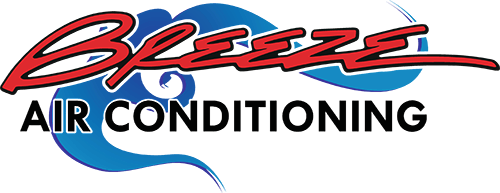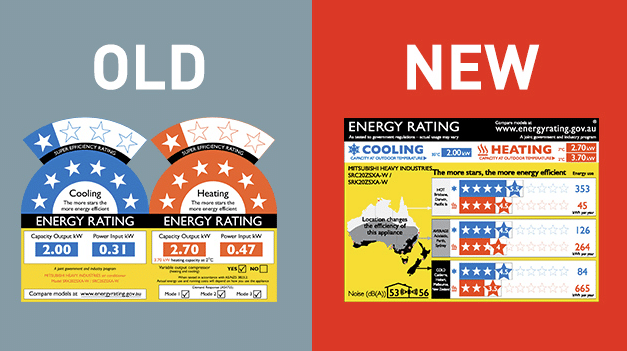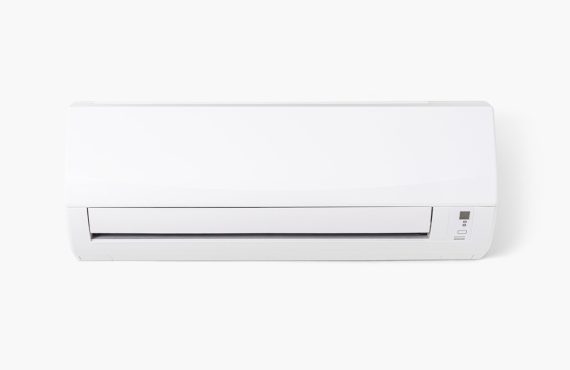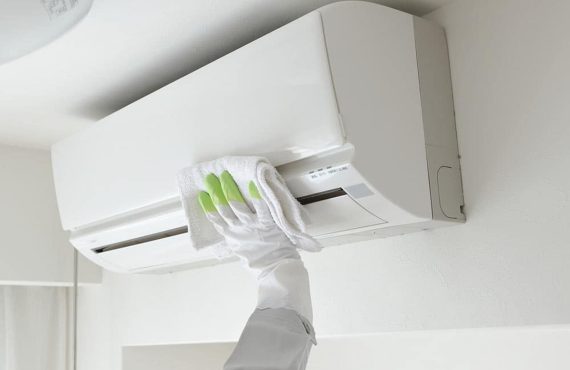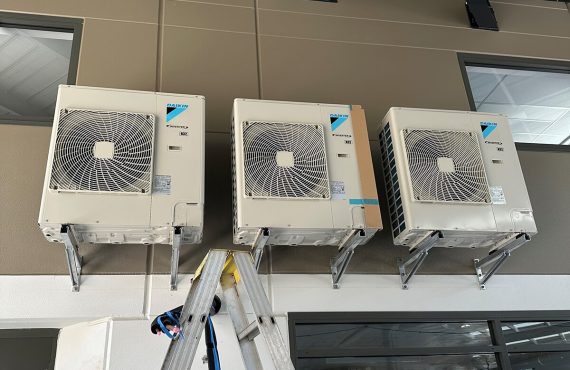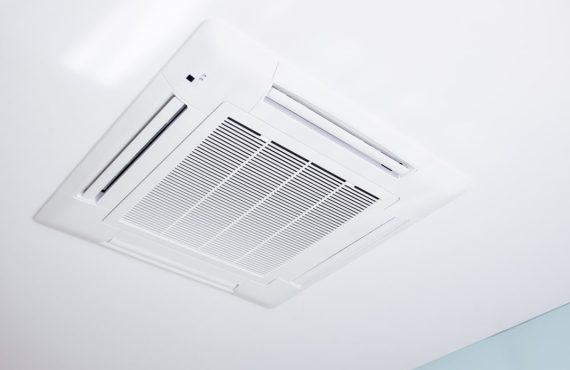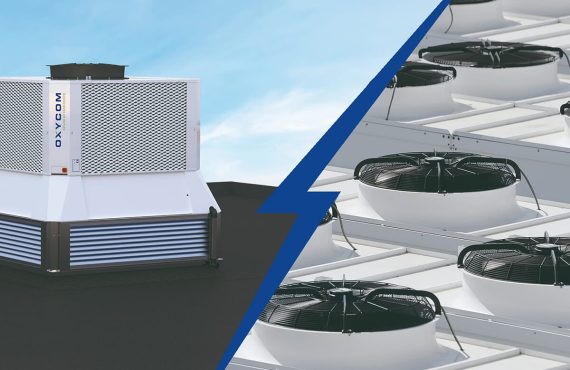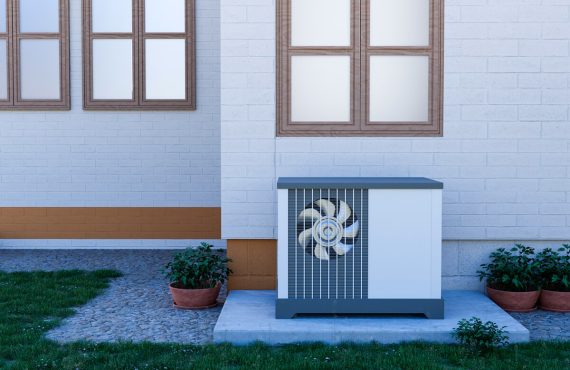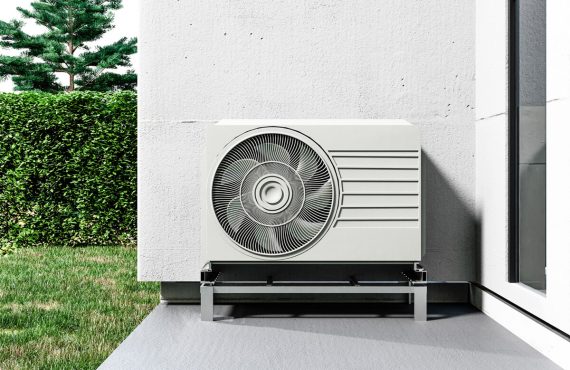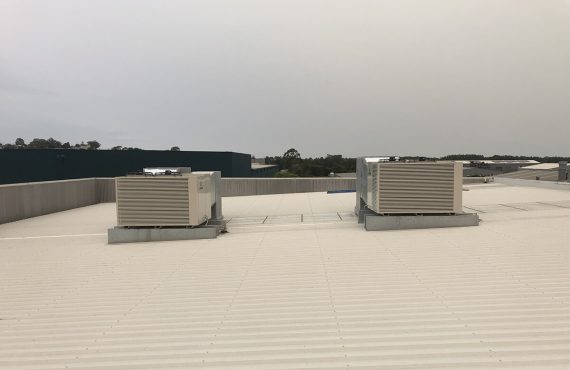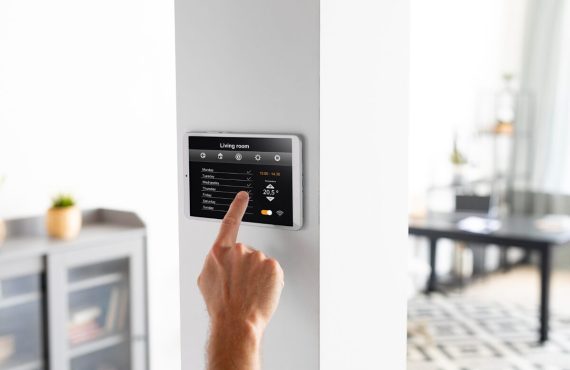If you’re looking for a new air conditioner for your home, chances are you’ve come across the Energy Star Rating system during your search. This system was designed to help consumers identify products that are more energy-efficient and environmentally friendly. In this blog post, our team look at what Energy Star Ratings are so that you can make a more informed purchase.
What Is The Energy Star Rating?
The Energy Star Rating is a label that indicates how much energy an appliance uses and how much money it will save you in the long run. It was introduced by the Environmental Protection Agency (EPA) and the Department of Energy in 1992. When it comes to air conditioners, there are two types of ratings: one for cooling equipment and one for heating equipment. In terms of cooling, the label represents the Energy Efficient Ratio (EER), and in terms of heating, it represents the Co-efficient Of Performance (COP).
Note: Labelling is voluntary on ducted systems, but any business that supplies or sells single-phase, domestic, non-ducted air conditioners must have the Energy Rating Label.
What Are The Energy Star Ratings For Heating And Cooling Equipment?
In Australia, air conditioners have a slightly different labelling sytem than other electrical products. Cooling-only A/Cs have a set of blue stars, while those that both heat and cool have a set of red stars. Each product is rated by the number of stars on its energy efficiency rating label. There can be up to 10 blue stars and up to 6 red stars. Although it may sound obvious, the more stars there are, the better the product is at saving you money and reducing greenhouse gas emissions.
How To Read The Energy Rating Label
As well as the star ratings, the following information will also be displayed on the label:
Capacity output:
This is displayed on cooling and heating labels and is referred to as the ‘size’ of the system. It displays how much cool or warm air it can push out, so the bigger the number, the larger the space it can heat or cool.
Power output:
This is displayed as a kW figure and represents the power required to produce the capacity output figure.
Variable Output Compressors:
A ‘yes’ tick here means the A/C can vary its speed to suit the conditions.
Demand Response:
This refers to the unit being capable of participating in voluntary peak electricity demand management programs.
What if a system doesn’t have a label?
There are a few different ways to figure out the efficiency of an air conditioner if your system doesn’t have a label. The first thing you can do is look up the manufacturer’s website for the product and see if there is any information here about its efficiency rating. If not, then it’s time for some research!
Rather than setting about trying to calculate the efficiency of the air conditioning system yourself, the Australian government maintains a list of energy-rating websites for every state. Once you’ve found the relevant one for where you live (you can also look up these sites on Google), simply type in the model number and it will show you what its energy rating is.
For more help and advice on Energy Star Ratings, contact our team at Breeze Air today.
